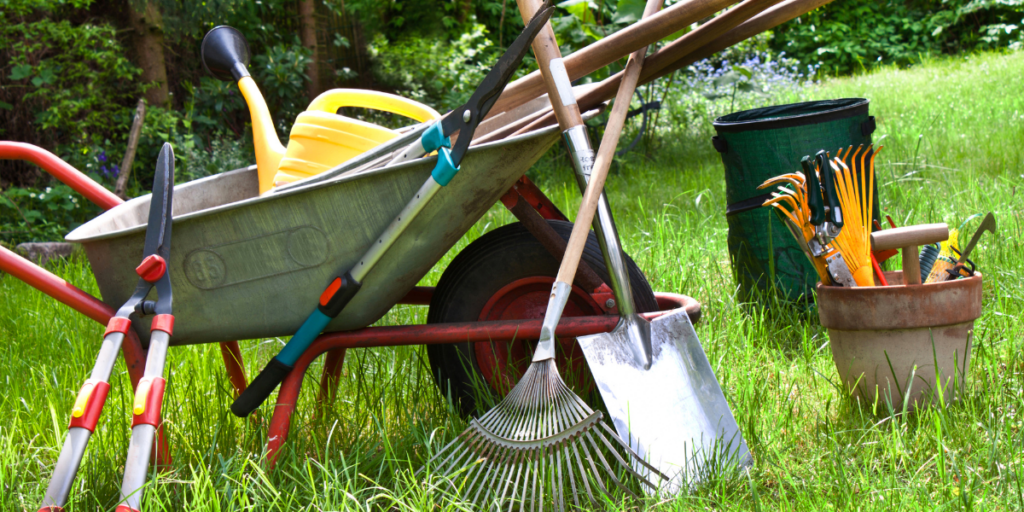It’s late summer and here in zone 6a, we start prepping for the end of the gardening season. This year is especially bittersweet, as our growing season never really took off. With so many cool, wet, cloudy days, the lack of sun and warmth prevented the garden from producing like it normally would.
On the flipside, it’s been great for the lawn and some newly-planted rhododendrons, so it hasn’t been a complete wash. Still, I would have preferred more sun! We’re hoping for a beautiful fall.
Regardless of sun and productivity, we still need to ready the garden for its winter nap. I like to start this process before the leaves begin to fall, which is a major event when you’re surrounded by oak trees like we are.
To maintain a healthy garden during this transition period, I follow a list of easy, but meaningful late summer garden chores.
1. Keep weeding
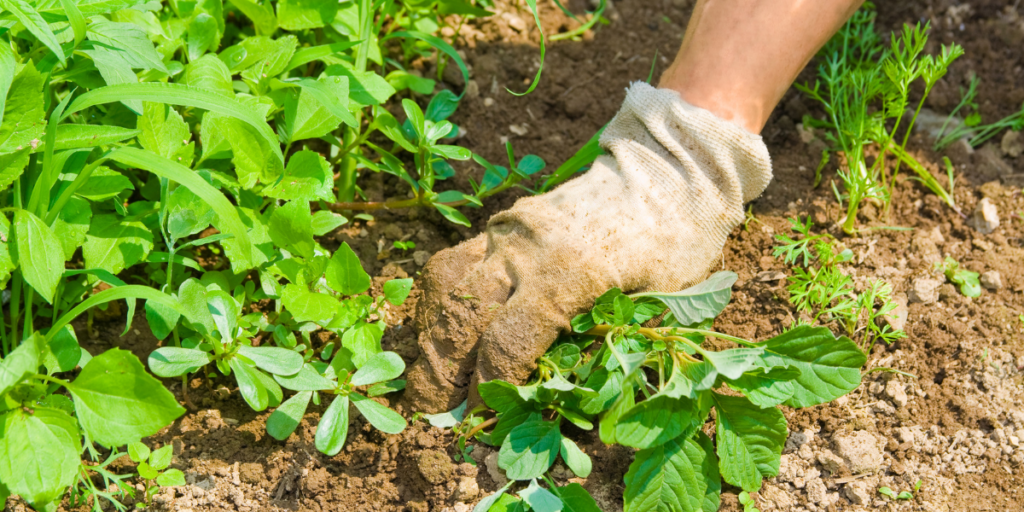
I know folks hate to do it, but it’s important and hugely beneficial. Keeping weeds pulled prevents them from crowding desirable plants, hogging soil nutrients, and spreading seeds that keep them coming back. It also looks better, and who doesn’t want a tidy, beautiful garden?
2. Water deeply and consistently
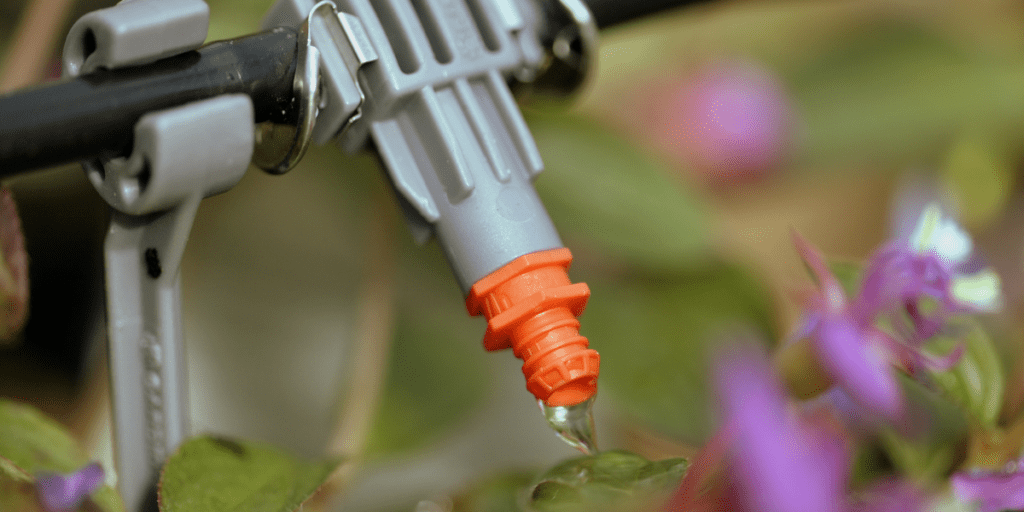
While water hasn’t been an issue for us this season, late summer is typically a hot, dry month that can take a toll on gardens. Give plants and lawns an inch of water per week to stay healthy. A slow, deep watering that gets deep into the soil is much better than frequent light waterings. Deep soil moisture encourages deep root growth, resulting in stronger plants and lawns. Frequent, light watering creates shallow root systems that dry out easily and become prone to disease and insect damage.
3. Collect seeds
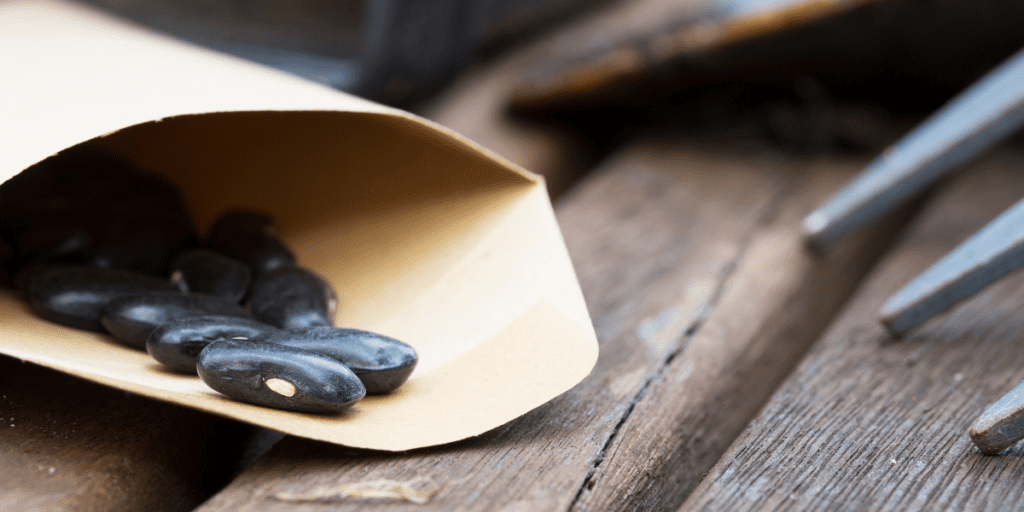
Late summer is also a great time to start collecting seeds from flowers and vegetables. We just harvested a number of seeds from our snap peas before pulling the spent vines up. We’ll also be collecting from our provider beans and nasturtiums before long. Later in the season our sunflowers will have beautiful seed heads ready for picking, so we’re keeping an eye on those for now.
4. Plant fall crops
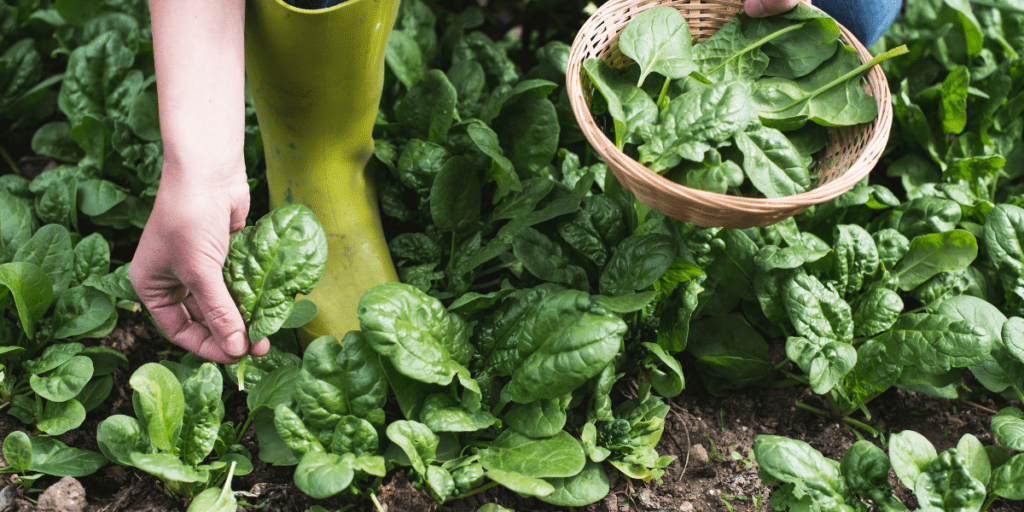
In addition to seed collection, late summer is a great time to plant fall crops. What you can plant is dependent on your growing zone, but some of our favorite cool season selections include snap peas, spinach, and lettuces. We do a spring and fall planting of these each year. Kale, arugula, and mustard greens also do well in cool weather, as they can tolerate a frost.
5. Remove dead stuff
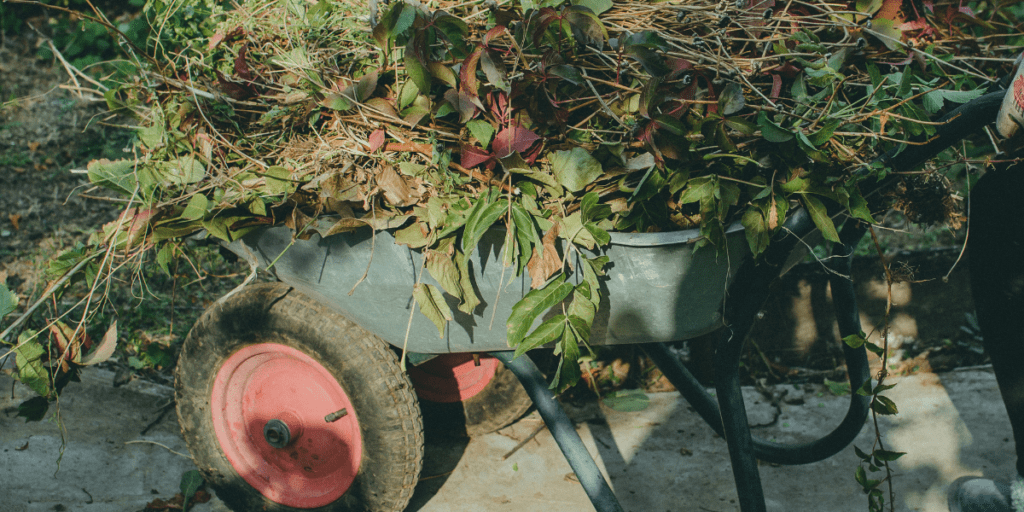
Tis the season for plants to start fading. Annuals are among the first to die off. As they do, remove them to your compost pile (if you have one – if not, plan to start one!). This goes for trees and perennials, too. While the trees and plants will stick around, you may notice leaves starting to brown and fall off. Keep your outdoor spaces tidy by clearing out this garden waste. If you’ve removed entire plants (such as annuals or a perennial that died), be sure to cover any bare spots in the ground with mulch to thwart weed growth. Weeds love nothing more than bare soil!
Also, continue to deadhead your perennials, as outlined in our July Garden To-Do List. Some perennials will keep producing well into fall and this process encourages new growth.
6. Make a compost pile
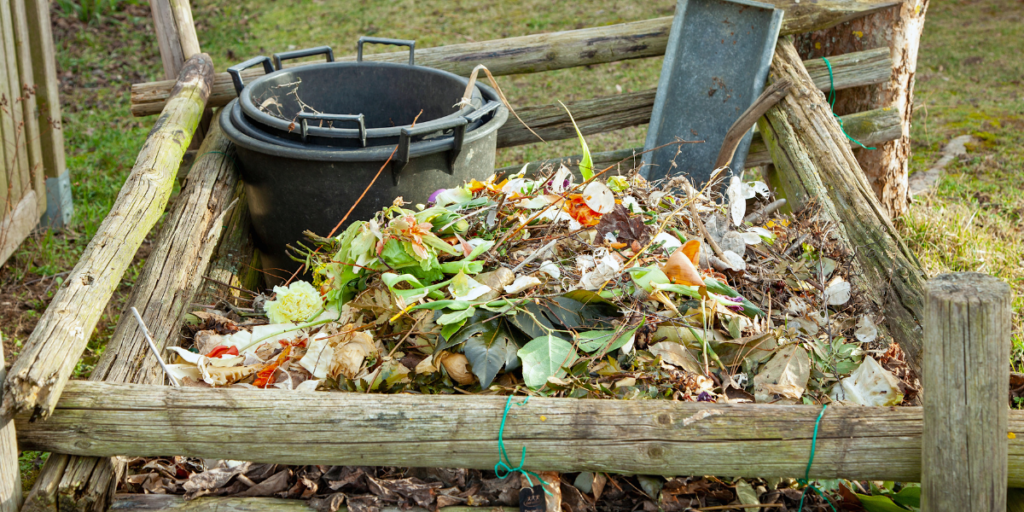
If you haven’t begun composting, now can be a great time. Compost is widely regarded as one of the keys to a successful garden. Plant waste – as long as it doesn’t contain insects or diseases – makes for a great compost ingredient. Spent annuals and vegetable plants, lawn clippings, brown leaves, and kitchen scraps can feed a thriving compost heap. It keeps garbage out of our landfills, and it creates nutrient-rich compost your garden will love.
Avoid any animal products, like meat scraps, bone, or dairy. Also avoid placing diseased plants in your compost or those carrying insects, as these items can contaminate your compost and spread illnesses to other plantings.
7. Harvest
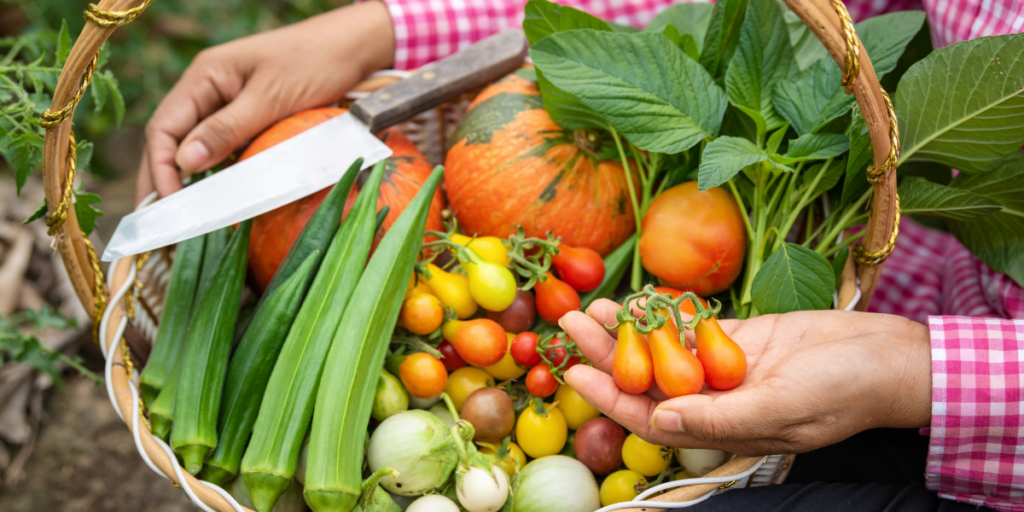
This one goes without saying – remember to harvest! August and September usually mean lots of tomatoes, cucumbers, peppers, and green beans for us. This year will be a bit different due to the weather, but we’ll still be enjoying what the garden does bear.
If you have any bumper crops, consider canning or freezing to preserve the bounty and enjoy it through the fall and winter months.
